Cottonwood Gulch Cabins
Turquoise Trail Loop, Thoreau, New Mexico
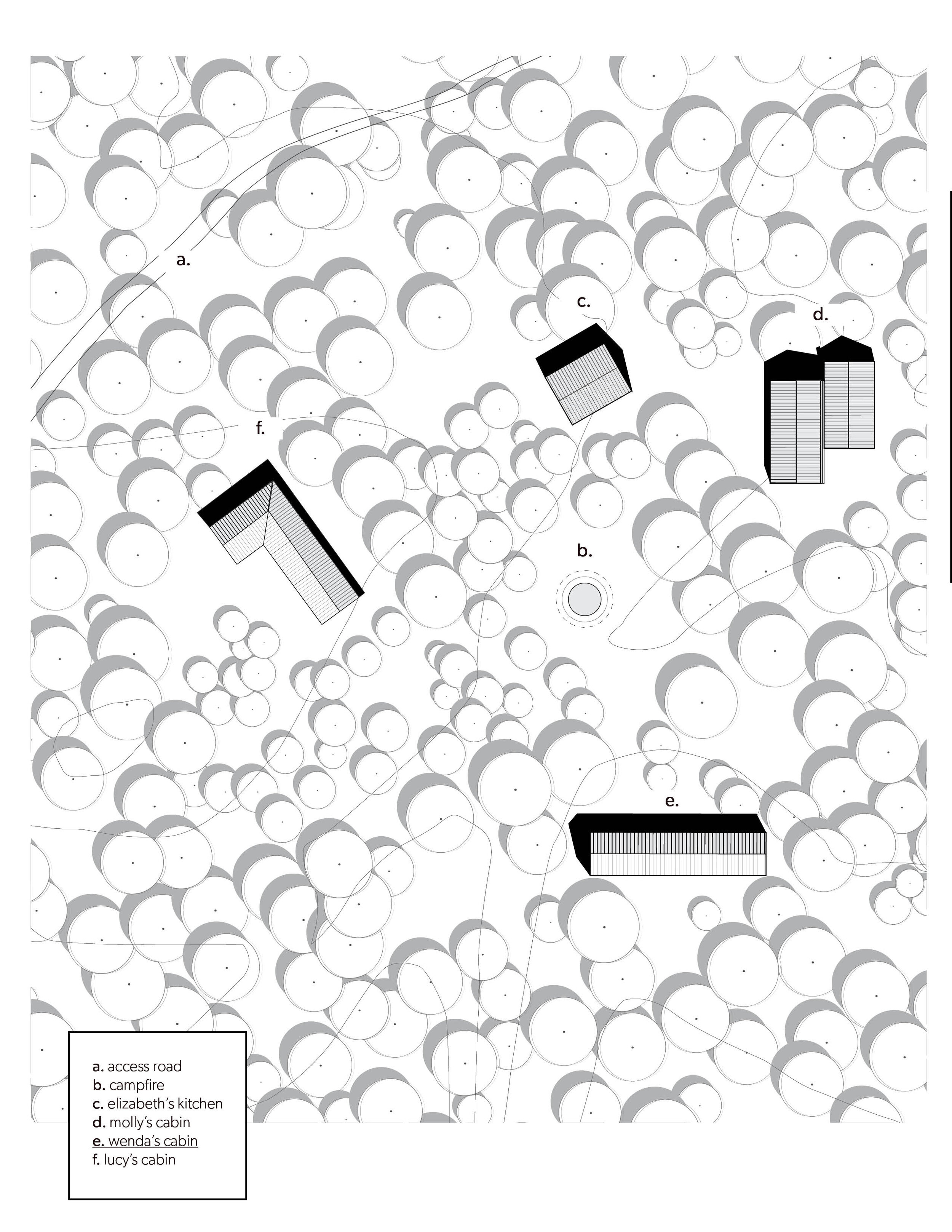
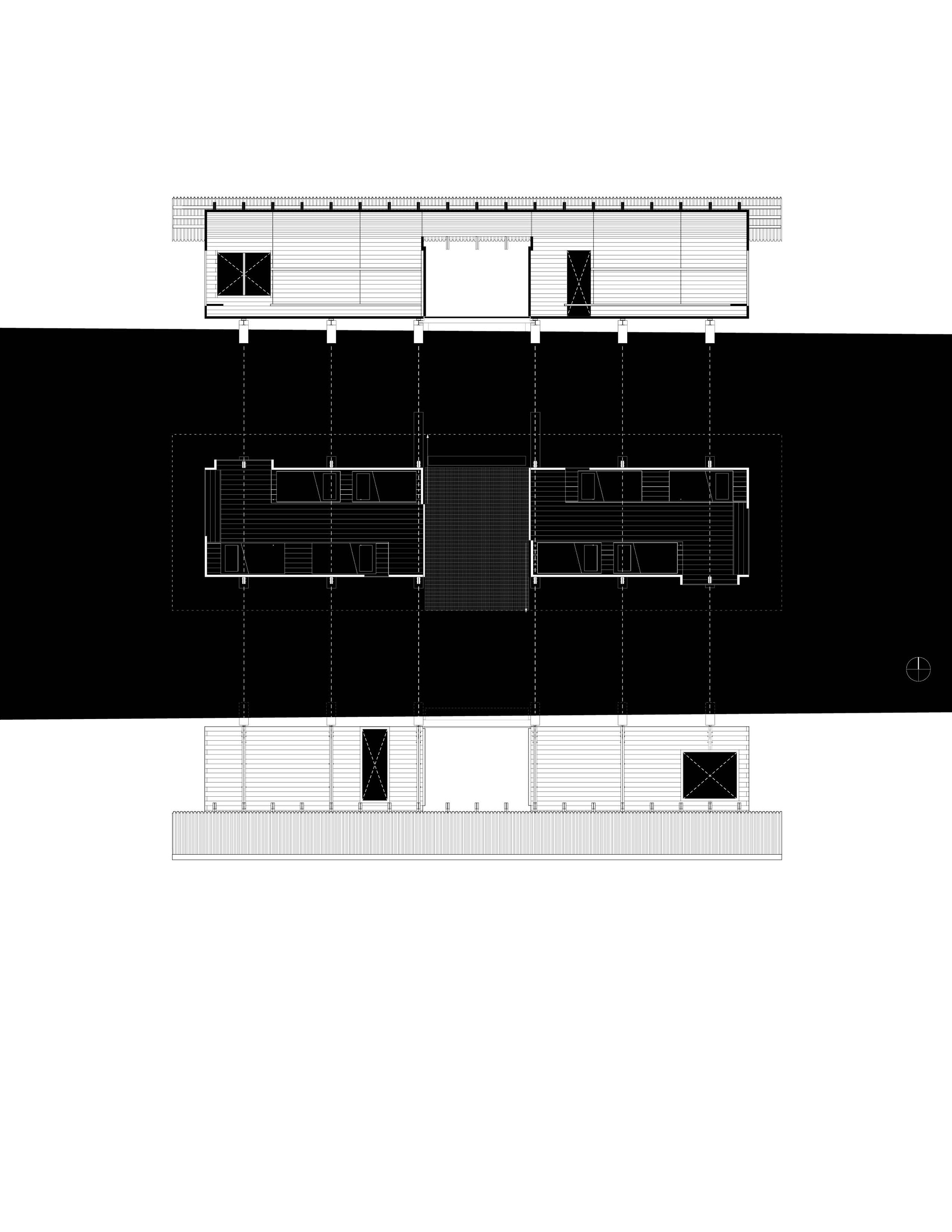





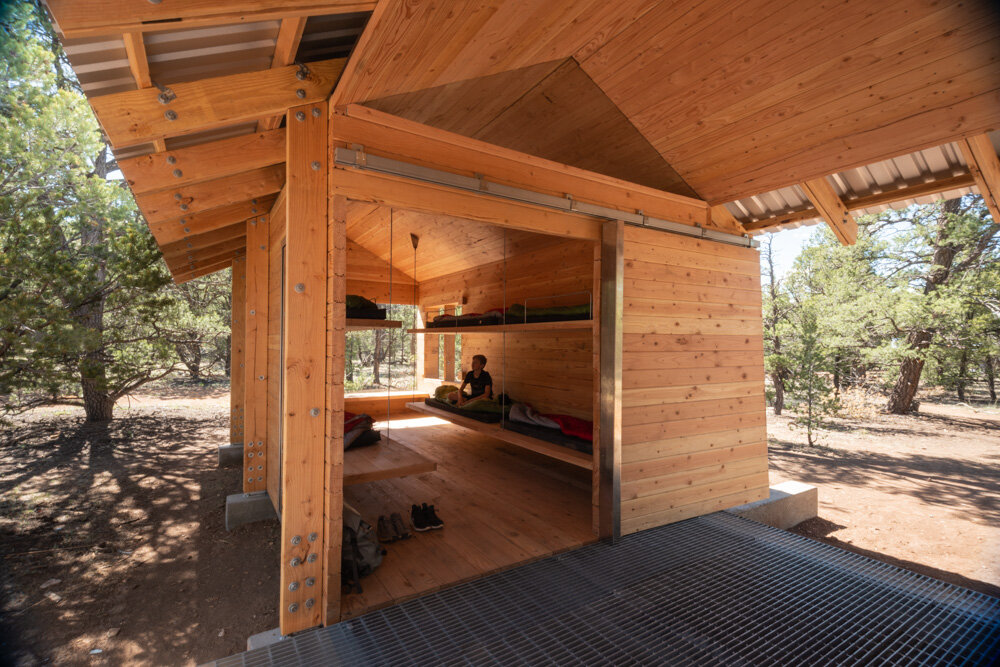
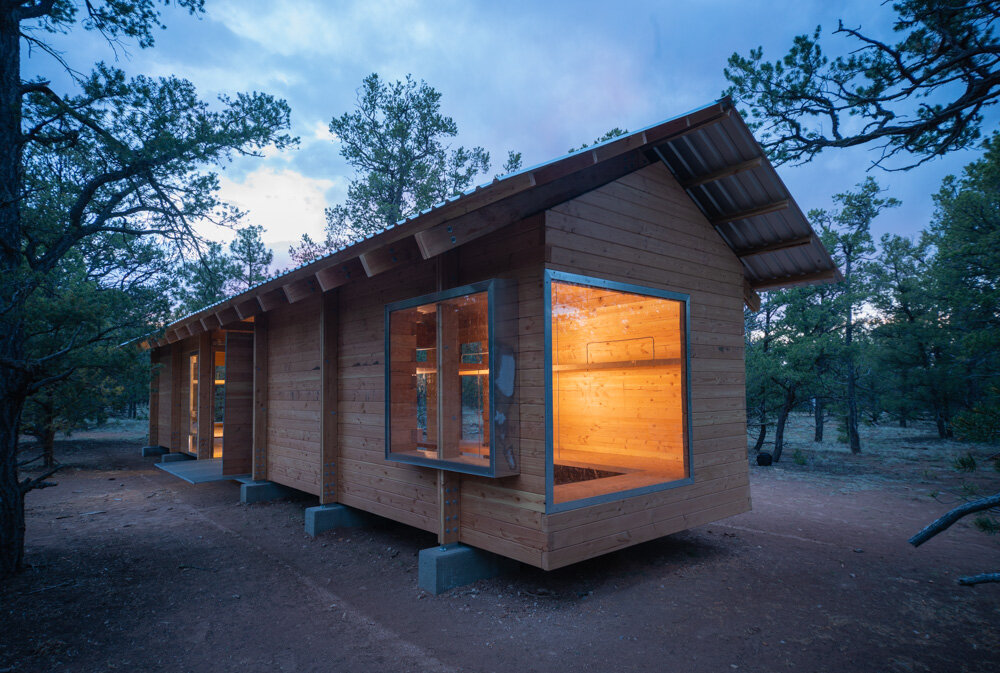
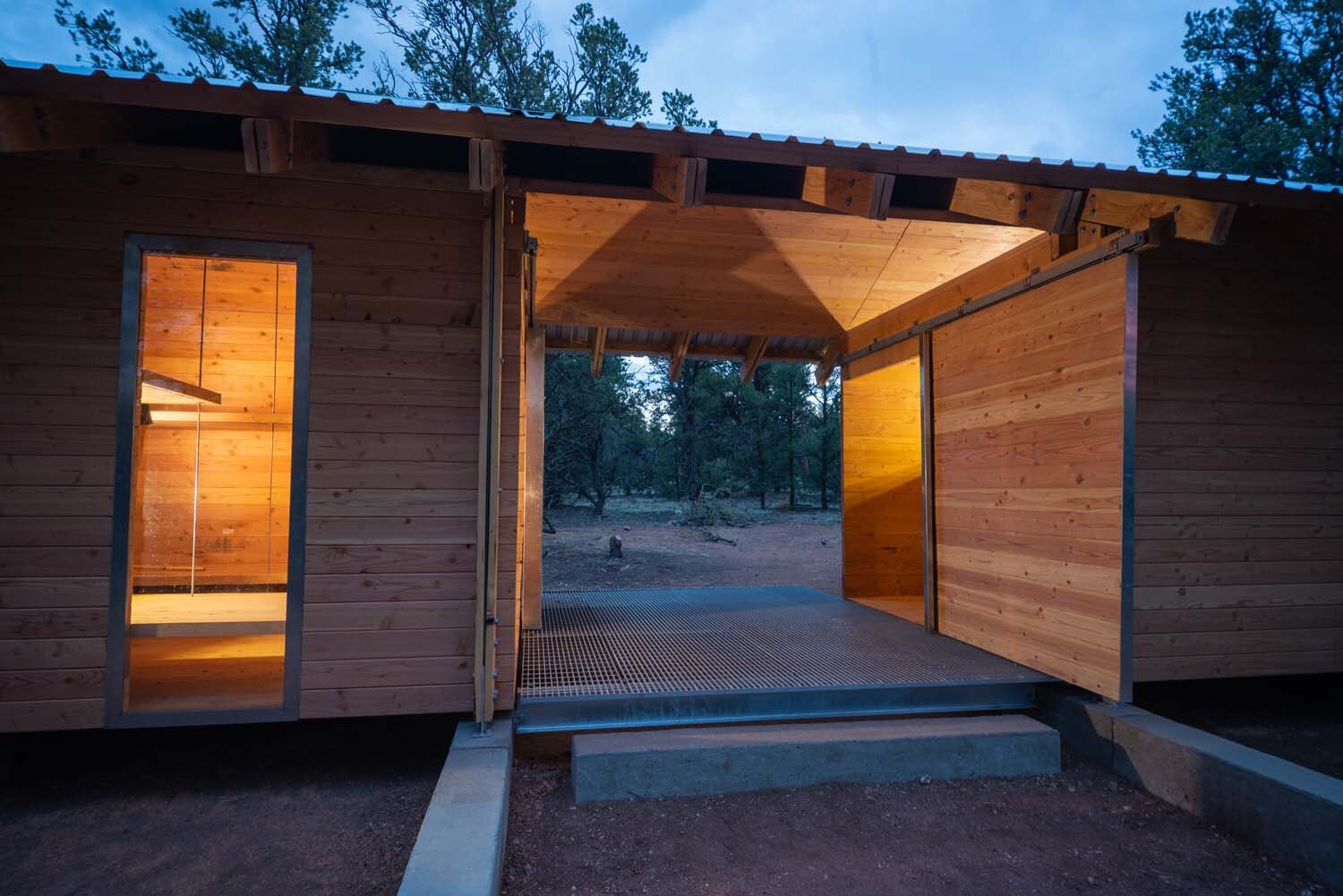







Graduate Architecture Studio IV - Design Build
Professors:
Rick Sommerfeld, AIA. Will Koning, AIA. Andy Paddock, PE. JD Signom, AIA
Acknowledgement:
Merit Award | Canadian Wood Council. 2021
Published | Small but Smart: Design Solutions for Mini Homes. 2020
Featured | Virtual Design Festival, dezeen.com. 2020
Honorable Mention Award | AIA Western Mountain Region. 2019
Built Environment Award | Young Industry Professionals Conference. 2019
Exhibited | Translating the Building. Denver, CO. 2019
Exhibited | College of Architecture + Planning Gallery. Denver, CO. 2019
High on the Colorado Plateau just outside of Thoreau, New Mexico in a desert landscape characterized by Juniper and Ponderosa Pine forests, six new bunkhouses and an outdoor kitchen create a welcome refuge for trekkers at the basecamp for Cottonwood Gulch Expeditions. The objective: to foster a sense of community while reinterpreting the place based local vernacular which is rooted in the landscape. The earliest set of cabins, designed by Kurt Vonnegut Sr., architect-father of the renowned writer, are open air structures with retractable canvas flaps used to cover the window openings. Drawing on the camp’s rich “porch culture,” the new cabins are conceived as pairs of 200 sq ft bunk houses that share a singular roof over a common outdoor gathering space. Each cabin seeks strong connections to nature using apertures to maximize the experience of the outdoor environment.
The cabins are elevated above the landscape to give a degree of separation from the fauna of the high desert. On the interior, bunks float above the floor, suspended from the ceiling by steel rods. This removes all interior vertical surfaces and provides clear sight lines into corners, leaving no space for rodents to hide or nest. Floating exterior porches are constructed of bar grate to make them visually transparent and facilitate the catch and relocation of rattlesnakes.
Each cabin’s bunk beds are designed to offer trekkers campers agency on how they occupy the space. Traditional rigid bunk beds are replaced with floating platforms designed with more space than required for a single mattress. This gives each trekker the ability to choose whether they engage a window, find an introspective moment of solitude, sleep close to a friend, utilize negative space for benches, or find their own creative way to make the cabin their own.
The cabin’s construction is an investigation into mass-timber building techniques. Screw-laminated 3 by 6-inch tongue and groove fir timbers are used to achieve solid floors, walls, and ceilings. The screw laminated timbers act as a single diaphragm, achieving greater spans and cantilevers than individual pieces of lumber could alone. This construction method allows for various self-supporting assemblies without the need for additional framing. Traditional headers over doors and windows are no longer required as the timbers work to carry the loads. This structural assembly is also utilized in the fabrication of the doors, window bucks, and post-tensioned floating bunk beds.






